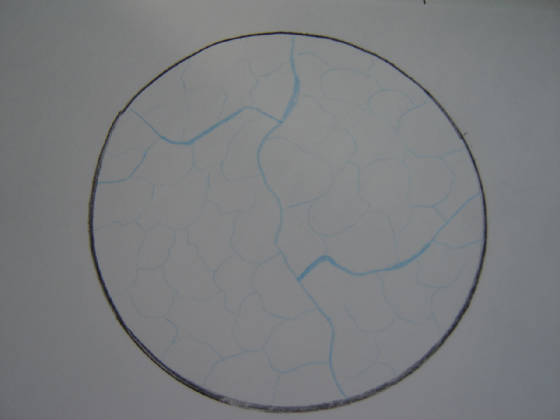|
Functioning as the primary storage of fat as triglycerides, adipose tissue is a specialized connective
tissue found in two forms in mammals. Most adipose tissue is white, and acts as a heat insulator, a mechanical cushion, and
a source of energy. Adipose tissue found just below the skin, known as subcutaneous adipose tissue, is an important heat insulator
mainly because it conducts heat one third as readily as other tissues. Adipose tissue also surrounds organs within the body
and provides protection against injury. It an efficient way of storing surplus energy because very little water is required
in its storage. As energy storage, adipose tissue serves as a buffer to maintain balance of incoming and outgoing energy in
the body. The second, less abundant adipose tissue is brown adipose tissue. It is well vascularized and contains closely packed
mitochondria. Depending on the species and age of the animal, brown adipose is found in differing locations throughout the
body. In non-hibernating animals, brown adipose is less crucial during maturation, however exposure to cold can stimulate
it. In hibernating animals and infants on the other hand, brown adipose is essential in maintaining body temperature without
the mechanism of shivering, because brown adipose tissue liberates energy directly as heat.
|






